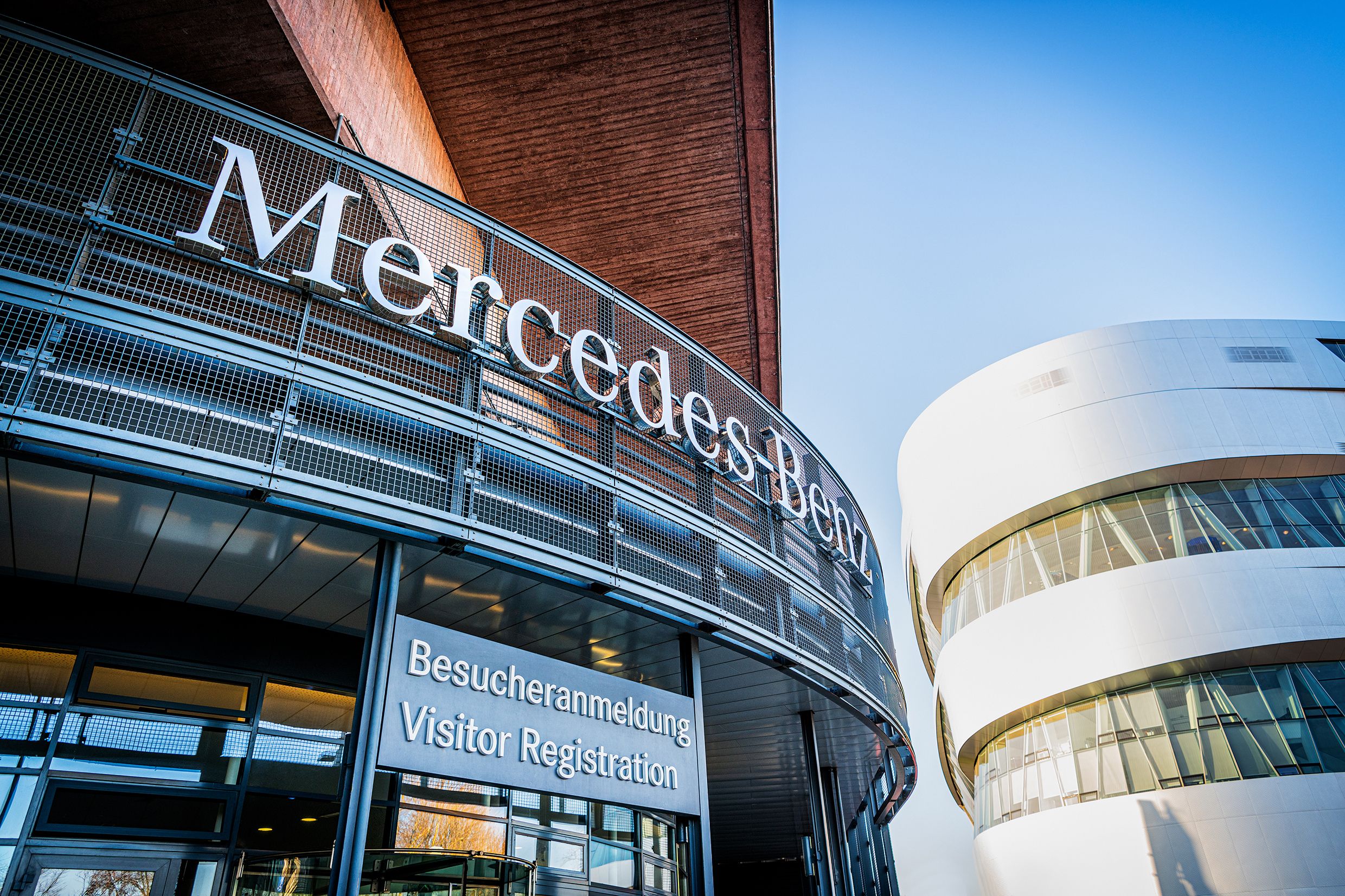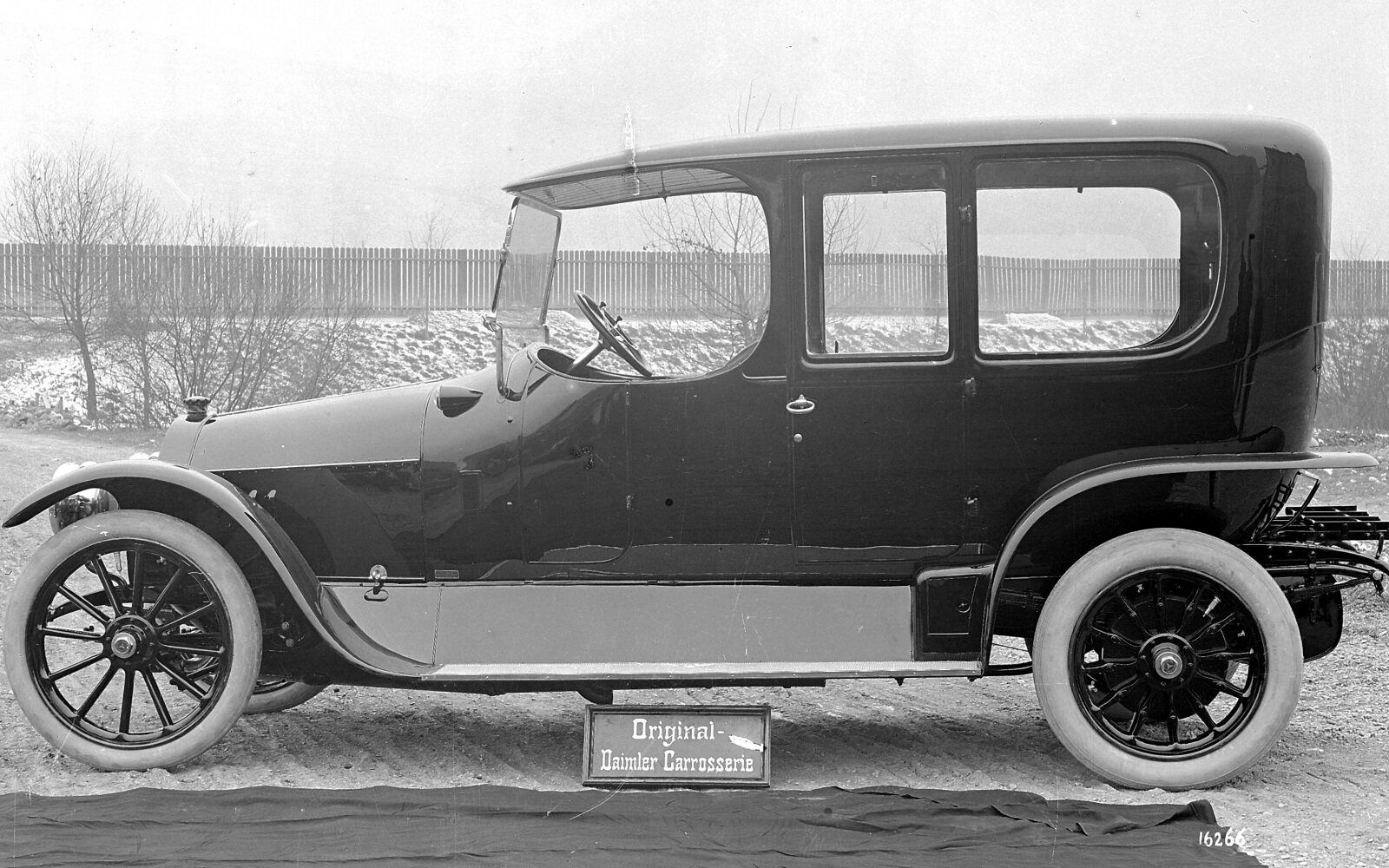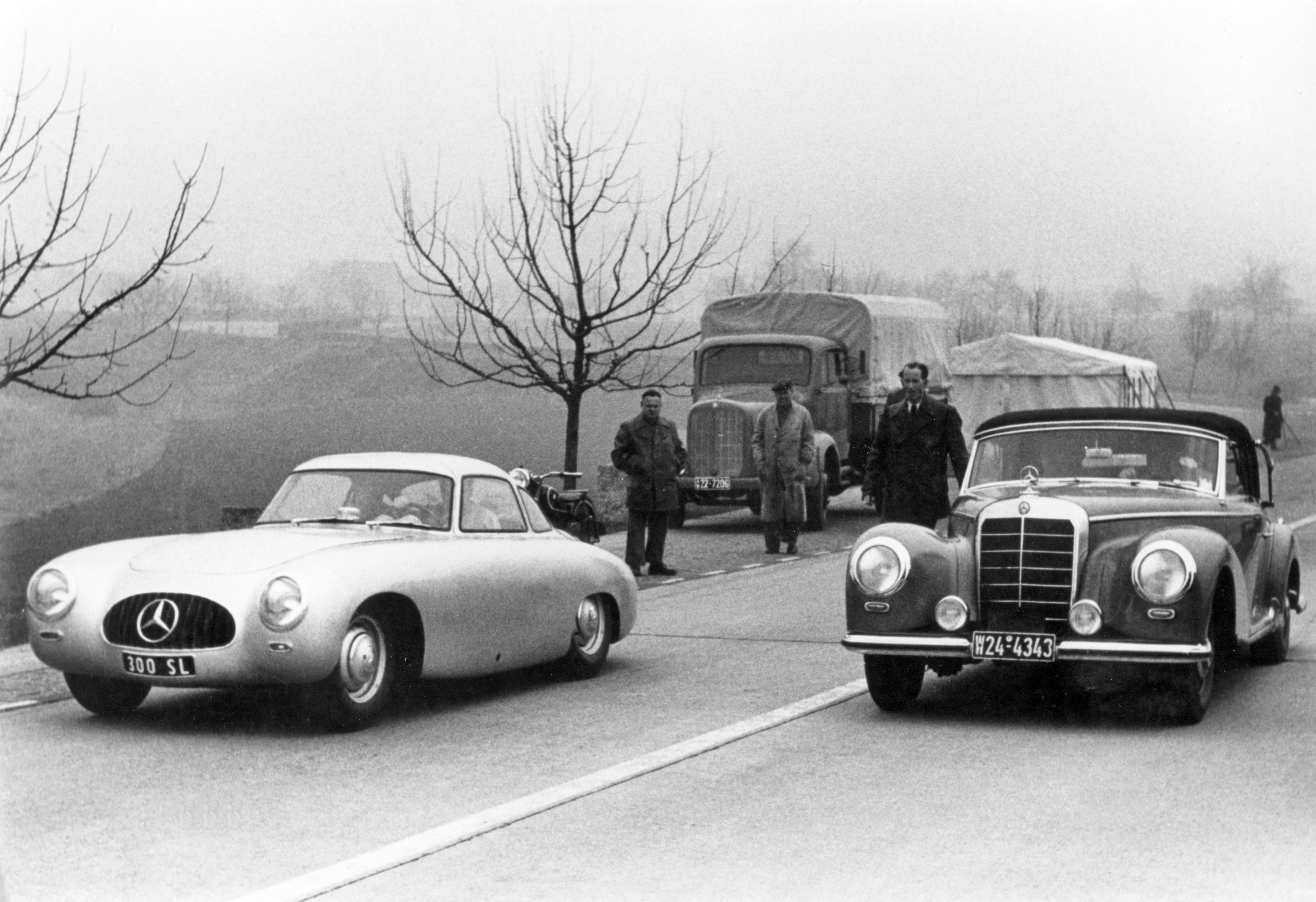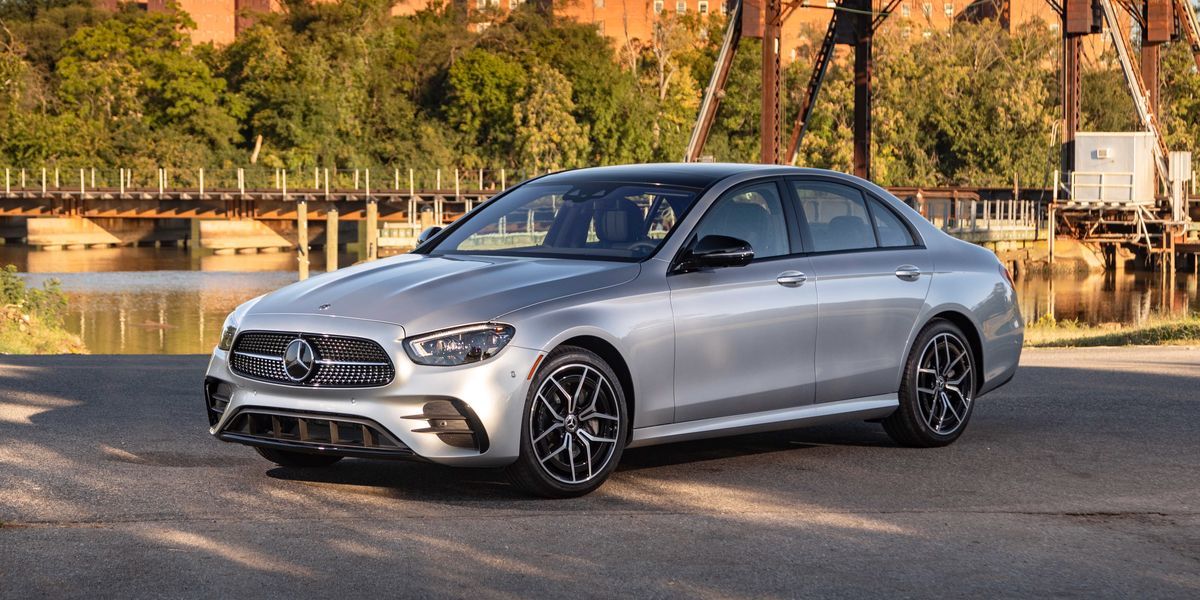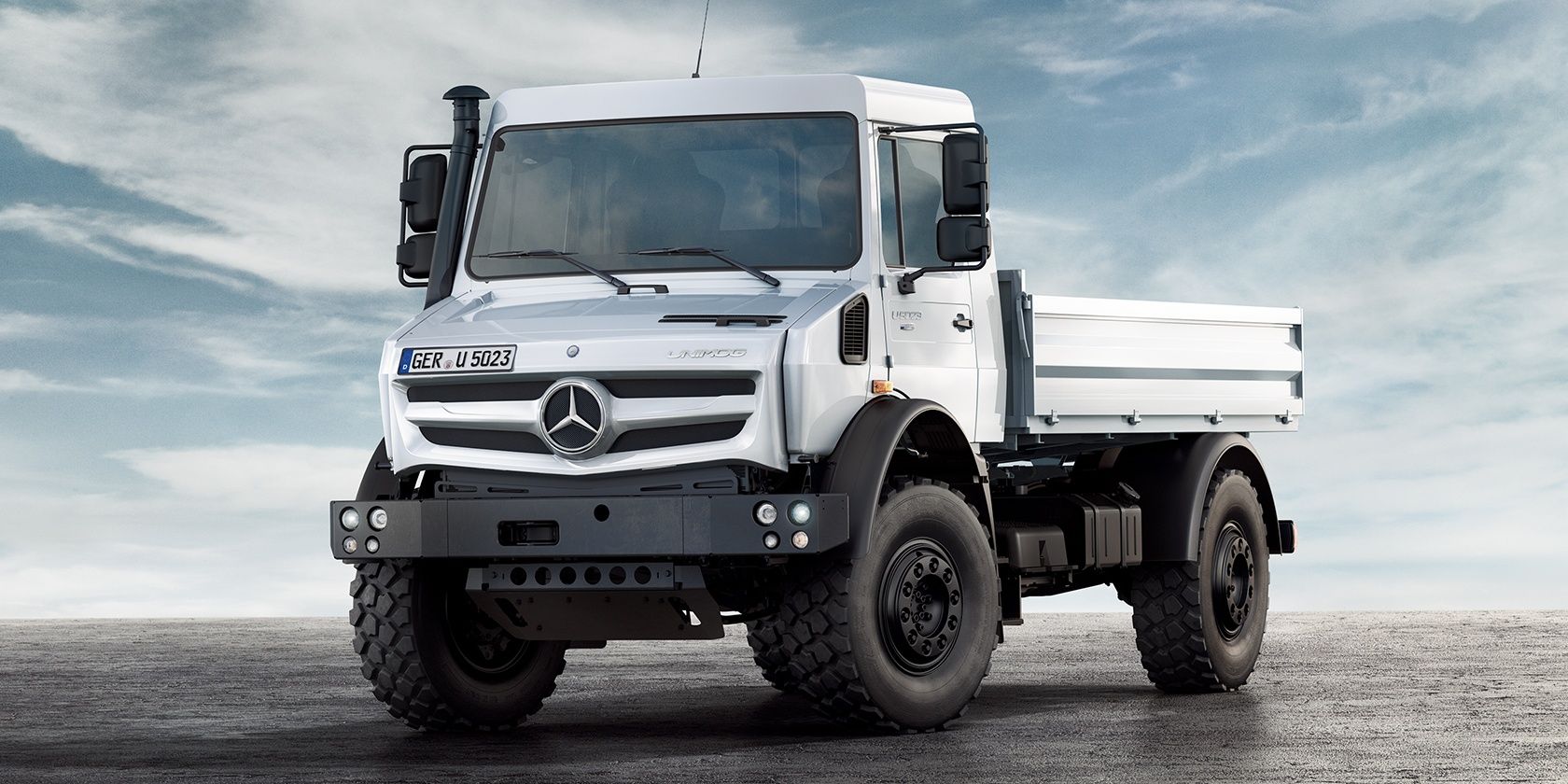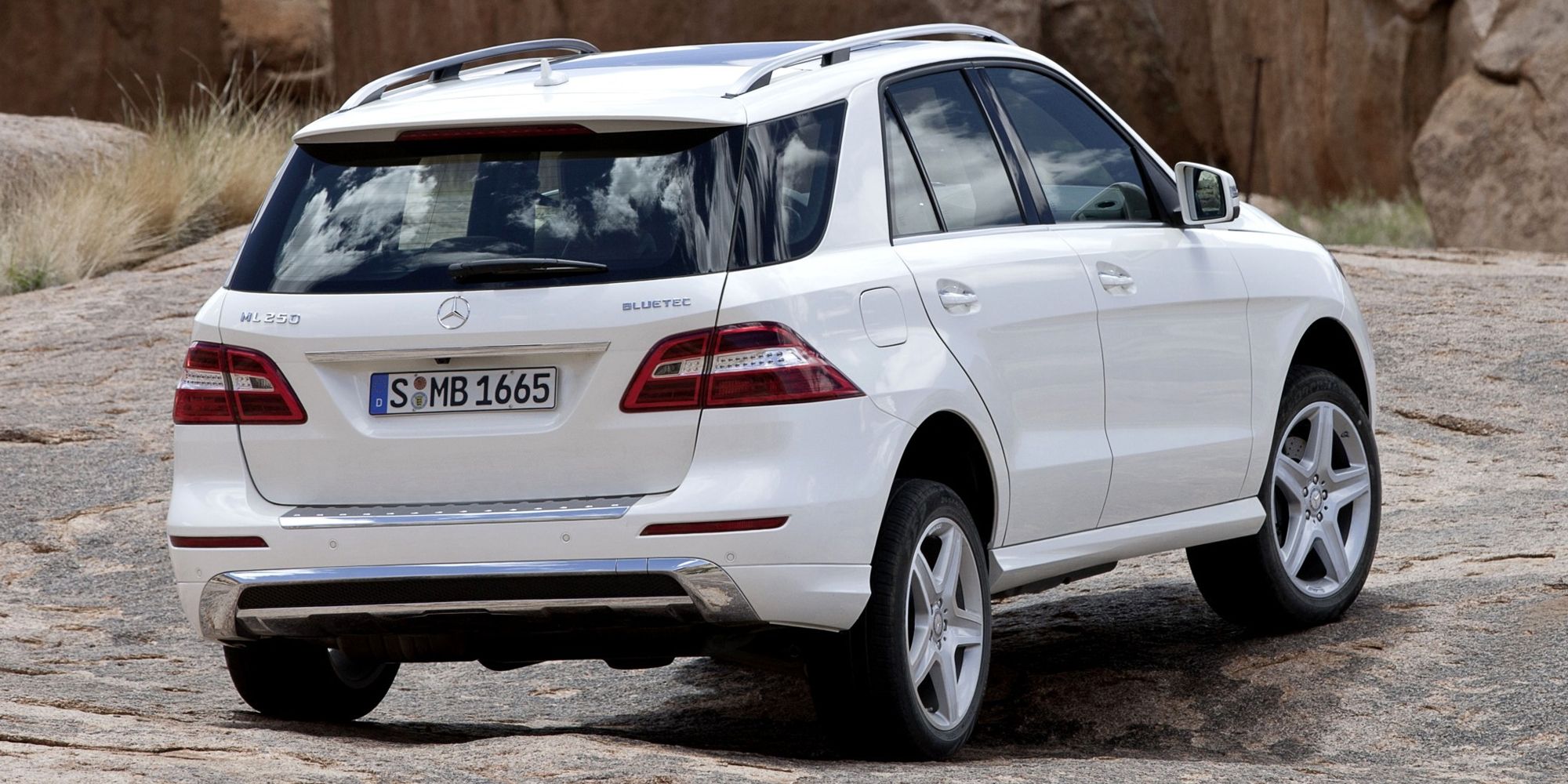We already knew this change was coming, but the time has finally arrived where Diamler will now rebrand itself. The German giant will now split into two brands: one for its truck business and one for its car business. The newly-introduced Mercedes-Benz AG has under its wing several registered commercial names, such as Mercedes-AMG and Mercedes-Benz Maybach, but how did the story begin is a question that requires a quick journey through its history to have it answered.
A Brief Overview Of Mercedes-Benz
In April 1900, Paul and Adolf Daimler – sons of Daimler AG founder Gottlieb Daimler – made a distribution deal between Daimler-Motoren-Gesellschaft (DMG) and elite car dealer Emil Jellinek to distribute cars and engines produced by Daimler AG. Jellinek was a businessman who liked to enter the racing grounds under the name Mercedes – which was also his daughter’s name, so he sought after a partnership that could help him satisfy his desire. DMG extended him the helpline he needed when they supplied him with the Mercedes 35 PS, the first car that officially had the name Mercedes. In 1902, the Daimler brothers registered Mercedes as a trademark and placed the name on some of their car parts.
In 1926, Daimler AG made a smashing deal with engineering scientist Karl Benz, the owner of the internal combustion engine patent. The agreement marked the beginning of Mercedes-Benz as a brand. Daimler's three-pointed star was introduced as the inclusive logo for the new brand, and the trademark name became Daimler-Benz AG.
How Daimler AG Achieved Unmatched Success In The Automobile Industry
The Daimler brothers were visionaries, and they knew that collaborating with a significant impactor such as Carl Benz would prove beneficial, and they were not wrong. Daimler AG's child company Mercedes-Benz produced vehicles that were realistically branded as the first ever racers. Back in the 1920s, only a handful of car manufacturers - that are considered large enterprises today - were present, and companies such as General Motors, Ford, Bentley, and others were just starting, while Mercedes-Benz was already running fast across Europe. In 1935, Mercedes-Benz dominated racing events with their W25. The car was a beast at the time. It had a supercharged 3.4-liter inline eight-cylinder engine that produced a whooping 478 horsepower. This monstrous motor won the German brand 5 out of 7 Grand Prix races.
Daimler-Benz: Building Cars That Suit All Tastes
Putting the foot on the brakes a bit and acknowledging Mercedes-Benz vehicle aesthetics, Daimler-Benz had a reputation for manufacturing premium-build cars that brought the company a great deal of recognition. Many consider Mercedes-Benz a luxury brand, a trademark name that has deservedly won many international car awards Including World Car Of The Year (WCOTY) awards, which Mercedes-Benz took home eight times across different prize categories.
For the purposes of widening production scope, matching the global trend, and joining forces in the battle against climate change and excessive CO2 emissions, Mercedes-Benz revealed in 2016 in the Paris Motor Show its first model of its latest innovative product: the EQ-Concept fully electric vehicle. Previously, Mercedes-Benz introduced several concept cars that are supposedly electric, including the battery powered B-Class Mini-MPV that went on sale in 2015 but didn't achieve much success. Nevertheless, It is expected to see the EQC available at dealerships in late 2022.
Daimler AG Involved In The Trucks, Buses, And SUV Industry
Trucks production operations began early for Mercedes-Benz, and the first ever produced Mercedes-Benz truck appeared to the world in 1926 at the Berlin Motor Show. It had a standard chassis with a payload up to 5 tons. Mercedes-Benz trucks were deemed trustworthy, they were practical goods transporters and people carriers, did well in sales too. Fast-forward to 2021, Daimler-Benz AG trucks continued hitting top-selling ranks despite clear sales drop, the yearly conducted Daimler-Benz AG investors and sales report showed the company selling in 2020 more than 358,000 trucks, noticeably less than 2019 figures, which saw the company selling around 488,500 trucks.
As for SUVs, 1979 witnessed the birth of the famous Mercedes-Benz G-Class off-road wagon. However, the first actual Sports Utility Vehicle (SUV) was introduced in May 1997, and that was the ML-Class. The car was not received well by many, and it showed in sales' figures, as just around 14,500 units of the 1997 ML were sold then. Nevertheless, figures rose higher in the coming years as Mercedes-Benz continued developing its SUVs more. The addition of more SUV vehicle classes helped the company's revenues grow larger each year.
Why Daimler AG Is Changing Its Name Officially
Ole Kaellenius - CEO of Daimler-Benz AG - explained that the name change is purely due to economic reasons, to create more "multiples" as Kaellenius said. After the COVID pandemic in 2020 obstructed businesses and caused losses, Mercedes-Benz shares have caught a breather at last, regaining value to secure in November 2021 its highest price since 2015 (74.25). Kaellenius mentioned that the company is planning to give more focus to the electric vehicle industry. As for Daimler Trucks, Kaellenius hopes that the move will play a positive role in raising the company's share value on both ends: Mercedes-Benz AG and Daimler Trucks.
Will The Name Change Affect Mercedes-Benz In Any Way?
No signs of effects have been reported yet, the only difference according to Kaellenius is the spin-off created by Daimler-Benz AG for its trucks and buses division, known as Daimler Trucks. Mercedes-Benz will remain as the face of the brand, and will carry on making cars and vans, while Daimler Trucks will concentrate on producing more modern trucks and buses mainly.

